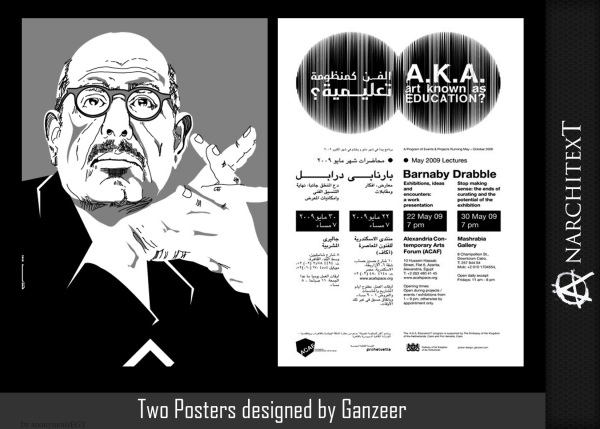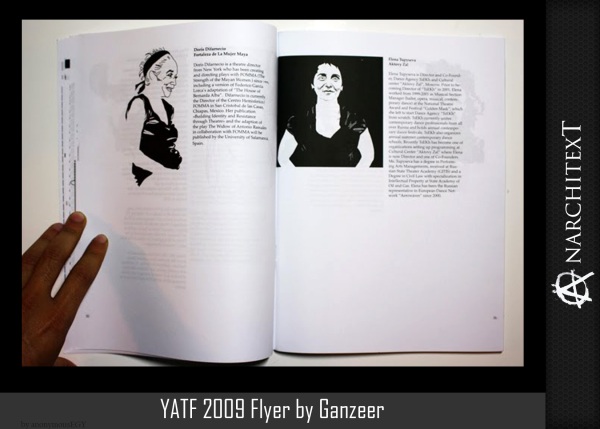Egypt’s “Facebook Revolution”: Looking Under the Lamp Post?
October 23, 2011 Leave a comment

I want to meet Mark Zuckerberg one day and thank him… I’m talking on behalf of Egypt. This revolution started online. This revolution started on Facebook. This revolution started in June 2010 when hundreds of thousands of Egyptians started collaborating content. We would post a video on Facebook that would be shared by 60,000 people on their walls within a few hours. I always said that if you want to liberate a society just give them the Internet. If you want to have a free society just give them the Internet.” (>>)
and also: “This is the revolution of the youth of the internet, and now the revolution of all Egyptians.”
Narratives matter. We use them to make sense of the world, and we use that understanding to make decisions. Narrative is “the simple order that consists in being able to say: ‘When that had happened, then this happened.’ We like the illusions of this sequence, its acceptable appearance of causality: it has the look of necessity.” (Frank Kermode, “The Sense of an Ending”, p127.)
So is the Egyptian rebellion a “Facebook Revolution”? There are reasons to think the narrative is exaggerated…
The easiest people to talk to
The easiest story to tell
So every time prominent activist Wael Ghonim is mentioned, he is described as a “Google executive Wael Ghonim” even though he has explicitly said that “Google has nothing to do with this” (>>). Do we hear the employer of any of the other leaders? April 6 Movement founders Asmaa Mahfouz, Ahmed Maher and Ahmed Salah are commonly described as “activists”. It is possible to track down Maher’s occupation as a “civil engineer”, but with no employer. The discrepancy is glaring, and so Google gets to be associated with the uprising, adding to the digital tone of the story.
Underreported players
Self-Organization?
(Aside: Does anyone else find the language of “self-organization” insulting to the protesters? It slides too easily into this kind of thing: “much in the same way that slime mould coalesces in a forest and moves towards an emergent common ‘goal,’ so too do simple-message-connected crowds of people coalesce to move towards a common, emergent goal without the overt direction of an explicit leader.” So brave protesters are like slime mould? Really?)
But of course coordination and leadership is not necessarily going to be obvious to Western eyes. As David Kirkpatrick writes in the New York Times: “They are the young professionals, mostly doctors and lawyers, who touched off and then guided the revolt shaking Egypt, members of the Facebook generation who have remained mostly faceless — very deliberately so, given the threat of arrest or abduction by the secret police.”
Some organizing was kept off Facebook on purpose, and so received little attention – like these flyers that Jodi Dean points to. As she says, even Lenin – not exactly known as a networky kind of bloke – agreed that “mass movement and ‘professional revolutionaries’ are not alternative organizational forms. Each is necessary”.
Another counterpoint to this “leaderless protest” story is a fascinating Wall-Street Journal article by Charles Levinson and Margaret Croker, who tell a story (The Secret Rally that Sparked an Uprising) about clandestine meetings of small groups of organizers outwitting the efforts of the police to follow what’s going on. Of course, getting such a story requires a lot of interviewing and building of confidence.
But there is a kernel…











